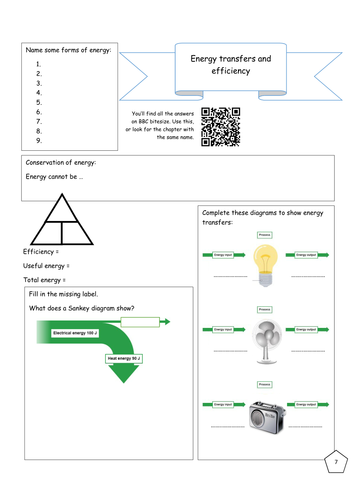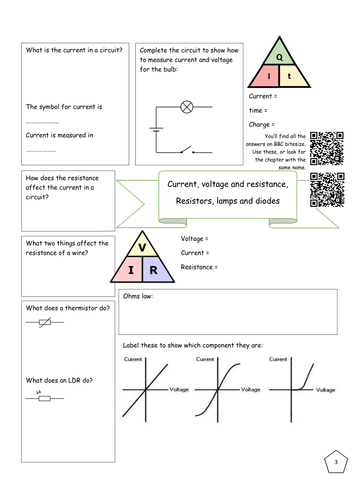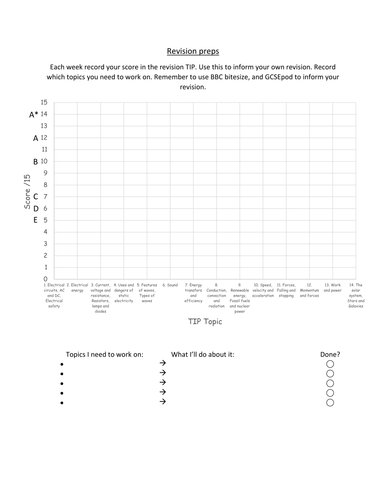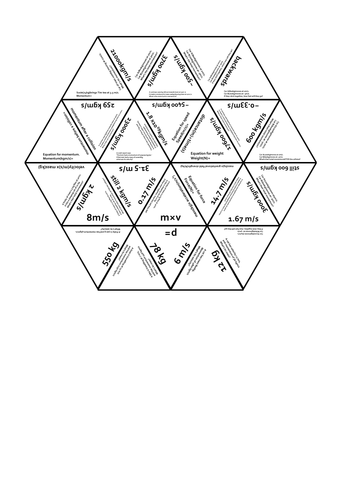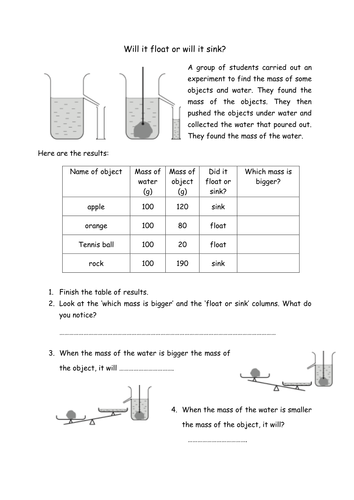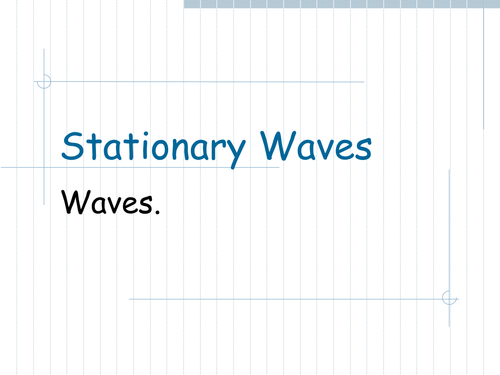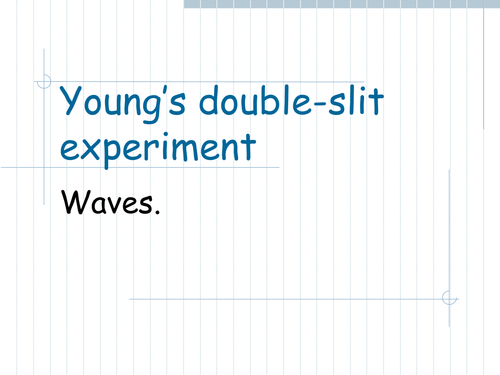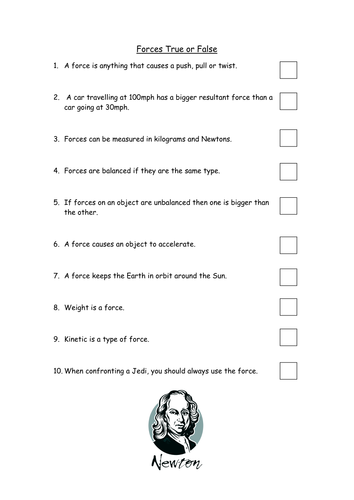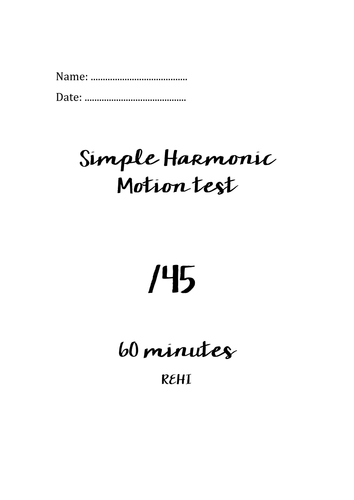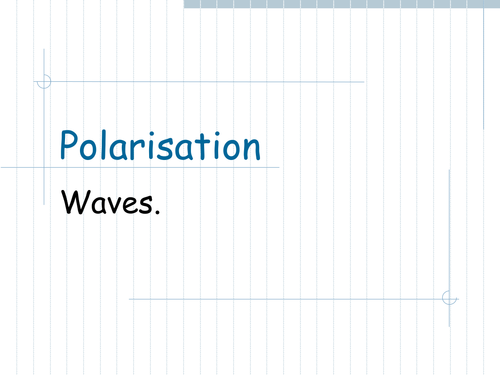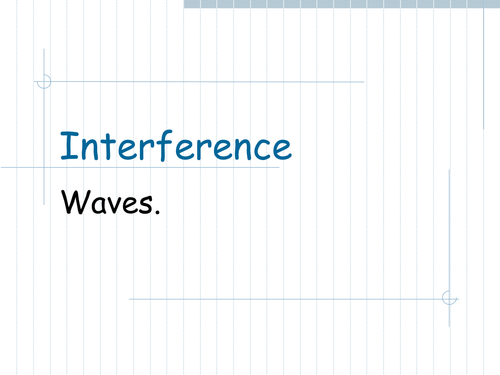
87Uploads
60k+Views
11k+Downloads
Physics

Bitesize Energy revision - Energy transfers and efficiency
Review please!
This is a worksheet in a series made to summarise and recap topics from GCSE Physics.
All worksheets are based on BBC bitesize pages with the same name, with a QR code to guide students to the correct page. All the answers to the front page can be found there.
There is then a 15 mark exam-style question to test their new knowledge. Every worksheet in the series is out of 15 so students can track their progress. I've used them with year 11, and set them as homework, that way they are forced to revise early!
This is designed to help revise for the Edexcel iGCSE in Physics, but is fairly universal and should fit with any exam board.
Includes PDFs for easy printing, and word documents for editing.

Bitesize Electricity revision - Current, voltage and resistance, lamps and diodes
This is ta worksheet in a series made to summarise and recap topics from GCSE Physics.
All worksheets are based on BBC bitesize pages with the same name, with a QR code to guide students to the correct page. All the answers to the front page can be found there.
There is then a 15 mark exam-style question to test their new knowledge. Every worksheet in the series is out of 15 so students can track their progress. I've used them with year 11, and set them as homework, that way they are forced to revise early!
This is designed to help revise for the Edexcel iGCSE in Physics, but is fairly universal and should fit with any exam board.
Includes PDFs for easy printing, and word documents for editing.

Revision tracker
This is a tracker designed for use with revision summary and exam sheets. Find them in my shop, there are 14 in total across the following topics:
Electricity
Waves
Energy
Forces/Motion
They are a series made to summarise and recap topics from GCSE Physics. Some have two versions for dual award and separate scientists.
All worksheets are based on BBC bitesize pages with the same name, with a QR code to guide students to the correct page. All the answers to the front page can be found there.
There is then a 15 mark exam-style question to test their new knowledge. Every worksheet in the series is out of 15 so students can track their progress. I've used them with year 11, and set them as homework, that way they are forced to revise early!
This is designed to help revise for the Edexcel iGCSE in Physics, but is fairly universal and should fit with any exam board.
Includes PDFs for easy printing, and word documents for editing.

Atoms true or false
This is a true/false activity to introduce atoms. It includes 10 questions to get your students thinking about the size of atoms, and their structure.
I’ve used this in KS3 to introduce the atom, and right through to year 11 as a recap of previous knowledge.

Physics equations help sheet
I use this as a poster, but this could also be shared with pupils.
The sheet gives advice about how to answer equation questions including using prefixes required for GCSE.

Investigating speed of a toy car - analysing experiments and drawing graphs homework sheet
This worksheet is designed for use in a lesson or as a homework, to teach about analysing experiments and using data.
The worksheet describes an experiment to find the speed of a toy car. Pupils have to state the independent, dependent and control variables. They have to identify outliers/anomalies , calculate averages, plot a graph of results, and write a conclusion.
Includes an extension to the task - evaluation of the method.
I like to use this as a homework after conducting a similar experiment in class.
Answer sheet is also included.

Space exploration card sort
Students have the dates, events and names for 6 landmark events in the history of space exploration, they need to match them up. This comes with an answer sheet, and some answer slides to display with pictures.
This is a great start to the satellites topic, and puts the space topic into a human context.

Uncertainty in experiments
A summary of the Section 1 - Measurements and Their Errors topic on the AQA Physics A-level course.
Content will apply across different exam boards and includes the following:
SI Units
Calculating Uncertainty using precision
Calculating Uncertainty using range
Calculating Uncertainty using worst line of best fit.
Combining uncertainties.
Each includes some practice questions, and the answers are included int eh comment box in PPT.
I used this as part of revision in preparation for A level exams.

Momentum jigsaw puzzle
A giant puzzle using momentum equations.
Students cut out all the triangles, then match up solutions and questions to make a giant hexagon.

Floating or sinking, Archimedes' principle, density worksheet
A differentiated worksheet on why objects float or sink. The worksheet gets progressively harder, helping students to understand floating and sinking, and finally introducing the idea of calculating density.
Works for KS3, or as a reminder for KS4

Stationary / Standing waves
My lesson on introduction to stationary / standing waves.
Talks students through the start of the topic, including asking them to draw waves moving in opposite directions to describe how they are formed.

Youngs double slit and diffraction gratings
My lesson on young double slit and diffraction gratings.
Talks them through the derivation as well as the concepts.

How to Draw a Graph in Excel - Practical endorsement
A how-to guide for drawing a line graph in Excel.
This includes range bars and can therefore be used for creating graphs used during practicals up to A-level.
I use this for my A level groups during one of the required practicals. This could be used for CPAC 5 to show data processing through software.

Forces true or false
A quick starter worksheet on Forces, aimed at getting students to think about forces and motion.
Could be used as a starter for the topic, or as a recap at the end.

Simple Harmonic Motion test OCR A level Physics KS5
This is a 60 minute assessment made up of past paper questions from the OCR Physics A - H158, H558 course.
A level Physics topic questions.

Hubble's law and the Redshift equation
A worksheet allowing pupils to calculate recessional velocity using the change in wavelength of spectral lines from stars.
This focuses on using the v/c = change in wavelength / wavelength equation.
After answering the 5 questions, pupils can conclude that the more distant the galaxy, the faster it is moving, which makes a great introduction to redshift and the Big Bang Theory.
There is an extension task to plot the recessional velocity against distance, calculate Hubble’s constant and calculate the age of the Universe.
If calculated correctly, pupils should conclude that the Universe is 13.8 billion years old.
Answers included.
The extension task is a great way to stretch and challenge the most able at GCSE, while the main task allows weaker pupils to practice using the Doppler shift redshift equation.
This could also act as a nice task for A-level pupils, studying Hubble’s law.

